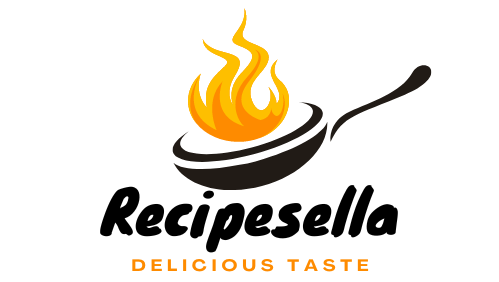Diving into the world of baking, especially when it comes to cheesecakes, can be as thrilling as it is daunting. Among the myriad of tools and techniques, the choice of pan can significantly influence the outcome of your dessert. This article zeroes in on a particular favorite among bakers: the mini cheesecake pan. Not only will we explore the nitty-gritty of what makes these pans so special, but we’ll also guide you through selecting the perfect one, adjusting your recipes, and even venturing beyond cheesecakes to unlock the full potential of these versatile kitchen tools. So, whether you’re a seasoned baker or just starting out, buckle up for a comprehensive journey into the delightful world of mini cheesecakes.
Introduction to Mini Cheesecake Pans
Understanding Mini Cheesecake Pans
In the realm of desserts, mini cheesecakes have carved out their own niche, beloved for their convenience, portion control, and undeniable charm. At the heart of these tiny treats is the mini cheesecake pan, a tool that might seem straightforward at first glance but is packed with nuances that can make or break your baking experience.
Mini cheesecake pans come in various shapes and sizes, each designed to cater to different preferences and recipes. Unlike their larger counterparts, these pans allow for individual servings, making them perfect for gatherings where you want to impress with an array of bite-sized delights.
For those looking to explore alternatives or perhaps don’t have a mini cheesecake pan on hand, our article on Mini Cheesecake Pan Alternatives offers creative solutions. And for enthusiasts eager to dive deeper into the art of mini cheesecake baking, our comprehensive Mastering Mini Cheesecakes Baking Guide provides step-by-step instructions, ensuring your mini treats turn out perfectly every time.
The Popularity of Mini Cheesecakes
Why have mini cheesecakes become so popular, you might wonder? Well, for starters, they’re incredibly versatile. Whether you’re hosting a dinner party, preparing for a bake sale, or simply indulging in a personal treat, these little desserts fit the bill perfectly. Moreover, their size makes them ideal for experimenting with flavors and toppings, allowing bakers to unleash their creativity without committing to a single, large cheesecake.
What defines a mini cheesecake pan?
At its core, a mini cheesecake pan is characterized by its individual wells or cups, each designed to hold a single serving of cheesecake. These pans can vary in material, from non-stick coatings to traditional metal, each offering different benefits and challenges. The choice between silicone and metal, for instance, can affect everything from baking times to how easily your cheesecakes release from the pan.
The defining feature of most mini cheesecake pans, however, is the removable bottom in each cup. This ingenious design allows bakers to gently push each cheesecake up and out of the pan, ensuring that these delicate desserts arrive on the plate looking as perfect as they taste.
As we delve deeper into the world of mini cheesecake pans, keep in mind that the right pan can elevate your baking from good to extraordinary. So, let’s get ready to explore the various sizes and variations of these pans, ensuring you have all the information you need to choose the best one for your baking adventures.
Standard Sizes of Mini Cheesecake Pans
When embarking on the mini cheesecake journey, the first step is understanding the sizes and variations of pans available. This knowledge is crucial. It ensures that your culinary creations not only look the part but also meet your expectations in taste and texture.
Dimensions and Capacity
Mini cheesecake pans typically feature wells or cups that are about 2 inches in diameter and 1 to 1.5 inches deep. This size is ideal for individual servings, allowing each guest to enjoy their own little piece of heaven. However, the capacity of these pans can vary slightly depending on the brand and design. Some pans might hold a bit more batter, leading to slightly taller cheesecakes, while others may produce more petite treats. It’s all about finding the right balance for your specific needs. Remember, the goal is to achieve that perfect bite-sized cheesecake that’s as delightful to look at as it is to eat.
Comparison with Regular Cheesecake Pans
Now, you might be wondering, “How do these mini pans stack up against their full-sized counterparts?” Well, the difference is quite significant. A standard cheesecake pan, typically 9 inches in diameter, is designed for making a single, large cheesecake. This size is great for traditional recipes and occasions where a single cake is shared. However, mini cheesecake pans offer a level of versatility and personalization that a regular pan simply can’t match. With mini pans, you can easily cater to different taste preferences in the same batch. You can experiment with various flavors, toppings, and crusts without committing to one large cake. Plus, the presentation of individual cheesecakes can add a touch of elegance to any occasion. Whether it’s a formal dinner party or a casual gathering, mini cheesecakes are sure to impress.
In summary, the choice between mini and regular cheesecake pans boils down to the occasion, the number of guests, and your personal preference for presentation and variety. Both have their place in the kitchen, but for those looking to explore the delightful world of individual desserts, mini cheesecake pans are the way to go.



